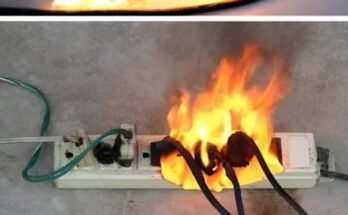Drainage and Likely Removal of an Infected Epidermal Cyst
Are you facing the unpleasant situation of dealing with an infected epidermal cyst? The drainage and likely removal of such a cyst can be a challenging process, but with the right approach, it can be effectively managed. In this article, we will delve into the intricacies of addressing an infected epidermal cyst and the best practices for its drainage and removal.
Experience with Infected Epidermal Cysts
Dealing with infected epidermal cysts is no easy task. The infection often causes the cyst membrane to thin out, making proper removal a challenging endeavor. However, in certain cases where the cyst remains intact enough, successful removal can be achieved. Unfortunately, this is not a common occurrence, as most infected epidermal cysts present with significant complications that hinder the removal process.
The Process of Drainage and Removal
When faced with the task of draining and likely removing an infected epidermal cyst, it is essential to approach the procedure with caution and precision. The first step typically involves draining the cyst to alleviate pain and discomfort caused by the infection. This process may involve gentle squeezing or lancing the cyst to release the accumulated pus and fluid.
Following drainage, the next crucial step is the removal of the cyst itself. This process can be trickier, especially if the infection has compromised the integrity of the cyst membrane. However, with skillful maneuvering and attention to detail, the cyst can be effectively removed, providing relief to the patient.
Post-Removal Care
After the successful drainage and removal of the infected epidermal cyst, proper post-removal care is vital to prevent any complications or recurrence. In the past, packing the wound overnight was a common practice to aid in healing. However, the discomfort associated with repacking and subsequent dressing changes has led to a shift away from this approach.
Today, healthcare professionals typically opt for less invasive methods of wound care to promote faster healing and minimize patient discomfort. This may include the use of topical treatments, sterile dressings, and regular monitoring to ensure proper healing and prevent any infections.
Conclusion
Dealing with an infected epidermal cyst can be a challenging experience, but with the right approach and expertise, the drainage and likely removal of the cyst can be effectively managed. By following proper protocols for drainage, removal, and post-removal care, healthcare professionals can ensure optimal outcomes for their patients. Remember, always consult with a healthcare provider for proper diagnosis and treatment of any skin issues.
Meta-description: Learn about the process of drainage and likely removal of an infected epidermal cyst. Expert tips for effective management and post-removal care included.

